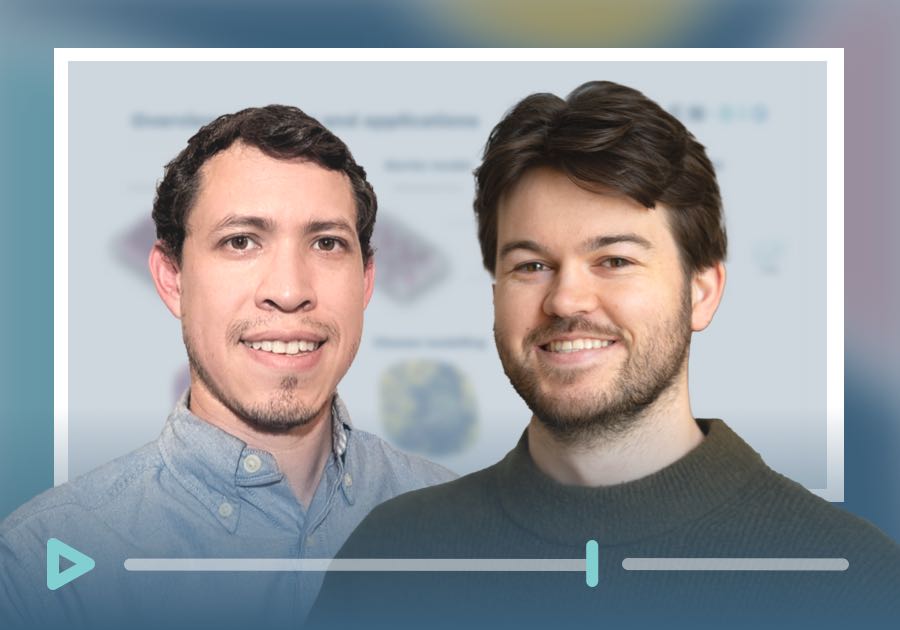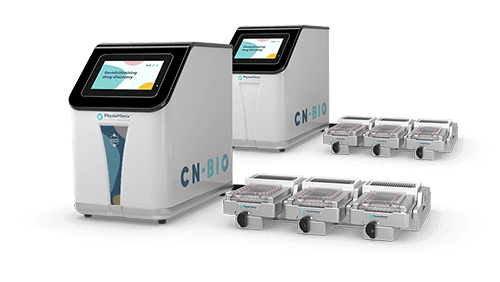Event > Webinar >
MPS and In Silico Modeling: The next generation of bioavailability prediction
Oral bioavailability is vital in evaluating safe and effective dosing for new drug candidates. Traditional preclinical models often lack the human relevance needed for accurate predictions. Our Gut/Liver MPS combines two validated primary human MPS models to simulate first-pass metabolism. By integrating this dual-organ MPS with in silico modeling, we can predict ADME parameters and oral bioavailability (F) for midazolam by estimating fraction absorbed (Fa), fraction escaping gut metabolism (Fg) and fraction escaping hepatic metabolism (Fh). Our approach also enables extraction of up to 10 ADME parameters from a single study.

How does MPS and in silico modeling enhance bioavailibity predictions? Oral bioavailability is a critical pharmacokinetic parameter that must be determined when evaluating new drug candidates. Accurate estimations are essential for establishing safe dosing for first-in-human trials and determining effective therapeutic regimens.
Traditional preclinical approaches, such as 2D in vitro cell cultures and in vivo animal studies, often lack physiological complexity or human relevance required for accurate bioavailability predictions. To address the limitations of in vitro to in vivo extrapolation (IVIVE), multi-organ human-relevant microphysiological systems (MPS), also known as Organs-on-a-Chip (OOC), have emerged. These systems use fluidically linked, multi-organ models to better simulate human physiology.
The PhysioMimix® Gut/Liver-on-a-Chip integrates two validated MPS platforms, the PhysioMimix® Liver and RepliGut® Jejunum, into a dual-organ system designed to simulate first-pass metabolism.
In this webinar, we will showcase how combining MPS and in silico modeling – this dual-organ MPS with a mechanistic mathematical model, enables the prediction of ADME parameters and oral bioavailability for the CYP3A4-metabolized compound, midazolam by predicting human oral bioavailability (F) through estimation of – fraction absorbed (Fa), fraction escaping gut metabolism (Fg) and fraction escaping hepatic metabolism (Fh)
We will also show how in silico modeling enhances our ability to derive both gut- and liver-specific ADME parameters. Our unique approach leverages MPS data to extract up to 10 ADME parameters from one gut/liver study.
Finally, we will guide you through our methodology for developing the mechanistic models and estimating these parameters, offering insights into how MPS platforms can be used to bridge the gap between in vitro and in vivo data.
Key Learning on how MPS and In Silico Modeling enhances bioavailibility predictions:
· Understand how MPS data is integrated with in silico modeling to predict key gut- and liver-specific ADME parameters.
· Explore the advantages of using primary human cells in gut and liver MPS models, especially for compounds metabolized in the gut.
· Learn our unique approach to predicting oral bioavailability (F) by first estimating Fa, Fg, and Fh.
· Discover how a single gut/liver experiment can yield up to 10 ADME parameters
Join us to learn how this integrated approach advances the prediction of oral drug disposition and improves confidence in preclinical assessments.
About the Presenters

Marco Ortiz
Marco Ortiz has experience in developing cell types as commercial products and clinical therapeutics. In his most recent role, he performed preclinical experiments of iPSCs derived hepatocytes for acute liver diseases as a potential indication. Marco Ortiz completed a bachelors in genomic sciences working at the University of Wisconsin-Madison and completed a UCL Wellcome Trust PhD programme at the Francis Crick Institute.

Morné van Wyk
As a Senior Computational Scientist, Morné is involved in building mathematical models and tools to analyse Organ-on-chip experiments. Morné completed his PhD in biochemistry at the University of Stellenbosch, South Africa, where he focused on computational cell biology and systems biology.


